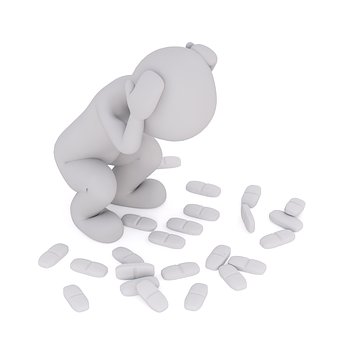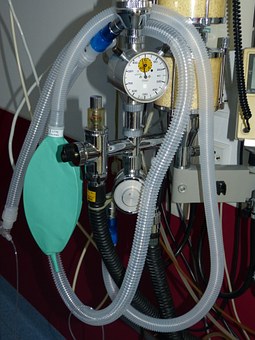
What Is Pain?
Pain is defined as an unpleasant sensation that happens when the body meets an unfavorable stimulus, acting as a warning system to prevent further injury to the body. That way, the body is protecting itself, allowing the affected part to heal safely. Usually, one experiencing pain should rest and if possible/applicable, seek medical help.
What’s Chronic Pain?
However, if the pain doesn’t stop after three months, even after the injury is healed. It is considered chronic pain.
Chronic pain can be caused by changes to the central nervous system and brain, continuing the pain to persist without the presence of an injury. Such pain can range from moderate to disabling and may affect, if not inhibit some activities children usually enjoy. “Over 1.7 million children in the United States are known to have chronic pain and that the cost of treating this pain is almost 20 billion dollars per year, chronic pain remains an invisible and under recognized health problem for kids and teens,” according to Rachael Coakley Ph.D.
Chronic pain may inhibit otherwise enjoyable activities at school, such as sports, social functions, among others.
It may cause hindrances never experienced before to otherwise routine tasks, such as chores, bathing, or even merely walking or climbing upstairs.
Such pain can also cause sleeping problems, and mood changes, which may entail anxiety and depression, and can lead to social isolation. “It seems obvious that experiencing a depressed mood most of the day, nearly every day, would be required for someone to be diagnosed. But some people who are diagnosed with depression do not report feeling depressed, sad or low, but rather, they report experiencing significantly diminished interest or pleasure in all, or almost all, activities most of the day, nearly every day. Either one, or both together, can be present when considering a diagnosis of depression.” —Simon Rego, PsyD
Chronic Disease = Chronic Pain?
Many cases of chronic disease in children also entail chronic pain. Pain can be initially caused then prolonged by the chronic condition affecting him/her. Such children experience lifestyle and function changes mentioned previously. In such afflicted states, pain may be amplified by the central nervous system sending excessive pain signals from the body. This process makes a usually bearable pain more severe than it needs to.

How To Determine Chronic Pain?
If you’re expecting/suspecting chronic pain in your child/children, look out for complaints of a stabbing, shooting, burning, or stinging feeling. Also, it may be continuous or may have brief episodes where it’s intense. All of this is caused by nerve damage, which leads to the nerves signaling to be out of whack.
Such pain can prove challenging to treat because the nerves aren’t working correctly. Because of that, otherwise painless activities may prove painful, such as when clothes rub on skin or shower water hits the afflicted area. With the pain processing being in an abnormal state, it also causes already painful episodes to be doubly so.
How Can You Treat Chronic Pain?
Due to the nature of chronic pain, different measures may need to be taken, because the usual pain medications that are called in may not be responsive to a child. Thus, alternative remedies are called upon for the damage in the central nervous system.
Medications include:
- Anticonvulsants
- Anti-depressants
- Anti-inflammatories
- Muscle relaxants
- Topical analgesics
- Alternative treatments include:
- Aromatics
- Imagery
- Hypnosis
- Massage
- Biofeedback
- Cognitive-behavioral therapy
- Progressive muscle relaxation

Certain cases may require the use of nerve block. An anesthetic used to reduce the sense of feeling, thus reducing the pain, injected in the affected area.
If chronic pain is to be eradicated, it would also involve re-training the nerves sending abnormal signals. On-going physical therapy and generalized conditioning would be included in the process. A pain psychologist can also be consulted to explore feelings, discover relaxation techniques, and identify appropriate coping strategies for the benefit of the child’s functions and the gradual decrease of pain over time.
“For most parents, their initial reaction if their child is in pain is to coddle them and do anything they can to help alleviate the pain. We help them understand that what often works the best in chronic pain situations is to really just help the child focus on functioning. It can be a mindset shift for most parents,” a reminder by child psychologist Laura Goldstein, PsyD.